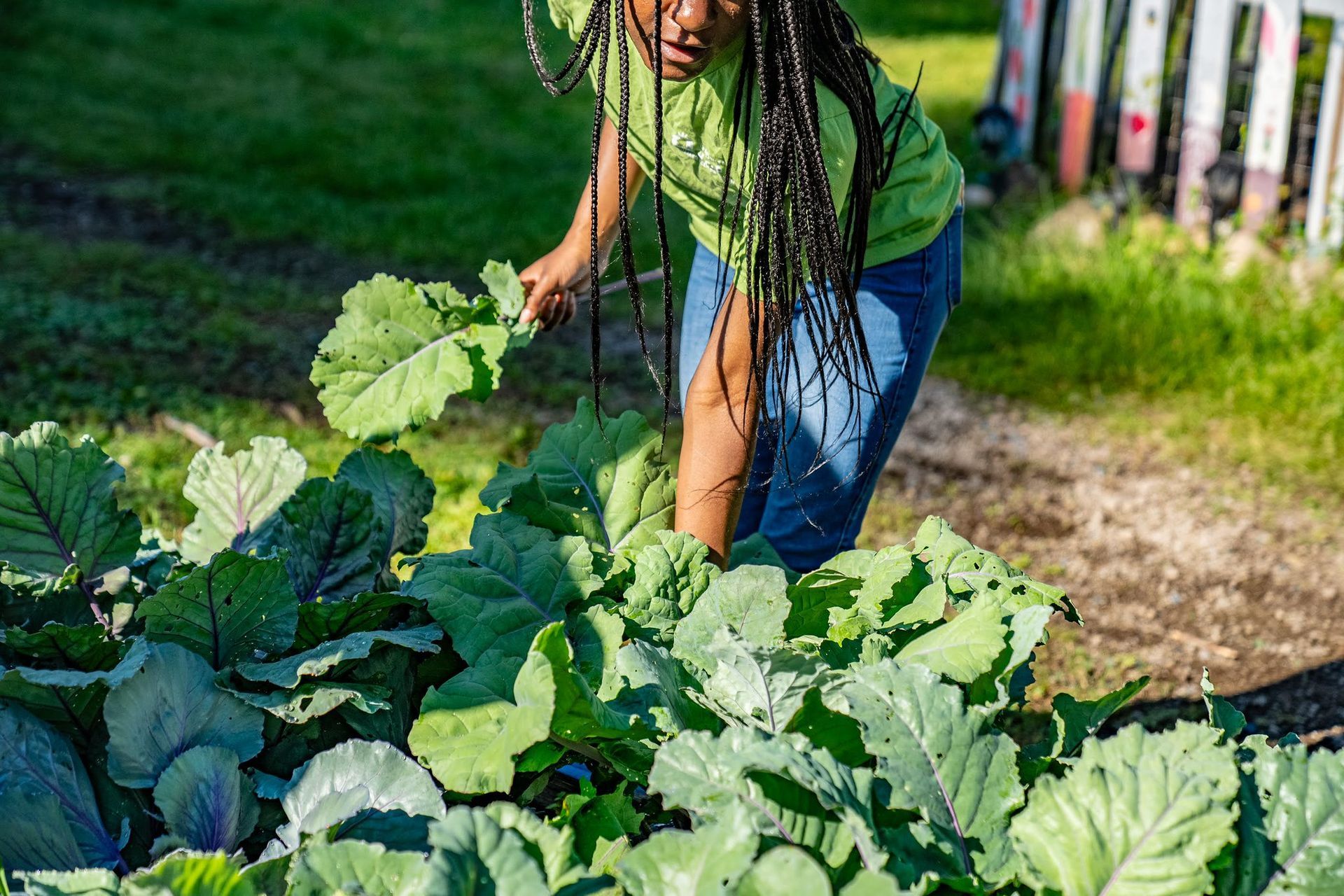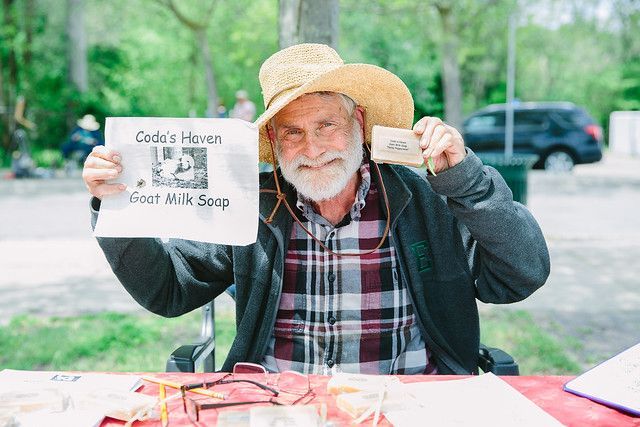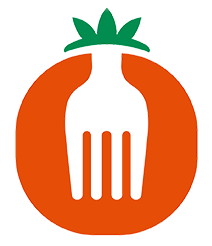Article
“Everyone’s Farm Stop”: Making SNAP Work at Argus
At Argus Farm Stop in Ann Arbor, Michigan, food access and equity are central to the mission of building a robust local food system. The Argus food access team, Tess Rian, Mara Logan, and Rosie Estes, aim to make using food assistance at Argus as easy as possible and also to educate Argus staff, customers, and broader community members about the important role that food assistance plays in the local food economy. During recent store renovations, it was super important to the food access team that “EBT Welcome” be very clearly displayed on the street-facing awning of the store. Part of the aim of this is to change assumptions about “who is in our community.” Many people see both Ann Arbor and local food as domains of the privileged, but Ann Arbor is also a city full of students and young families, both of whom frequently use SNAP benefits at Argus.
Once SNAP customers are in the door, the food access team aims to make using SNAP as simple as possible and to make the money go as far as possible. Argus does this by offering heavily subsidized weekly produce boxes and by giving 50% off all fresh produce. The weekly produce box is a selection of 6-9 items selected by the staff, and includes detailed information about the contents of the box, including possible recipes. For non-SNAP customers, the boxes are currently $30, but for SNAP customers, the boxes are currently less than $10. The food access team designates 100 boxes a week to be available at a discount to SNAP customers, but currently, there are fewer customers than those who have requested to receive the boxes.
If you are a SNAP recipient interested in a discounted Argus Farm Stop produce box subscription, please email
hub@argusfarmstop.com
to set it up!
For non-subscription produce purchases, in the state of Michigan, the Double Up Food Bucks Program allows SNAP customers to make their money go twice as far when purchasing fresh fruits and vegetables. For every dollar they spend, they receive a “matching” dollar from Double Up, effectively making produce half off. However, the Double Up program has a daily limit of $20 and has been susceptible to disruption. During the height of COVID, the daily limit was temporarily suspended, but then the program itself was temporarily suspended altogether from August to December 2022. When the program resumed in 2023, the daily benefit was reduced by half (from $20 to $10) from January to September. In October of 2023, the program was returned to $20 and has remained at that level since then. However, due to the previous changes and disruptions, SNAP customers have a hard time planning for what their benefits will continue to be.
Argus aims to fill this gap by supplementing their own matching funds to give SNAP customers 50% off of all fresh produce, with no daily limit. This allows customers to buy the produce that they need when they need it. Argus funds this matching program through internal fundraising; for the past three years, they have done a “Round Up at the Register” campaign, which last year raised about 10k in just one month. A strong majority of customers choose to round up, which demonstrates that the local food community understands the value of making local food more accessible to more people.
The Argus food access team cares deeply about the impact their work is making, and checks in with customers using EBT cards at the farm stop about their experiences. They have received an overwhelmingly positive response about every aspect of the program, including both Double Up Food Bucks and the Argus discounted produce box subscription. The customers report being able to have access to fresher, healthier, and
tastier food, which has expanded the kinds of produce regularly included in their dietary practices.
At the
Farm Stop Conference in March 2025, put on by Argus, one of the most-attended sessions was on food access, co-presented by Tess Rian, one of the food access coordinators at Argus, and Noah Fulmer, a senior fellow at the
Fair Food Network. The session was attended by farm stop owners and entrepreneurs from all across the country, all of whom had tremendous energy and enthusiasm for making food access a central part of their own farm stops. This highlights the importance of maintaining robust food assistance programs that can integrate with smaller, locally-focused businesses like Argus Farm Stop.
This post is part of a series by Emma Rose Hardy, a PhD Candidate at the University of Michigan and the Rackham Local Food Systems Intern at Growing Hope. The series aims to highlight the essential role that SNAP and other food assistance programs play in the Washtenaw County local food system.
share this
Related Articles
Related Articles



STAY UP TO DATE
GET PATH'S LATEST
Receive bi-weekly updates from the church, and get a heads up on upcoming events.
Contact Us









